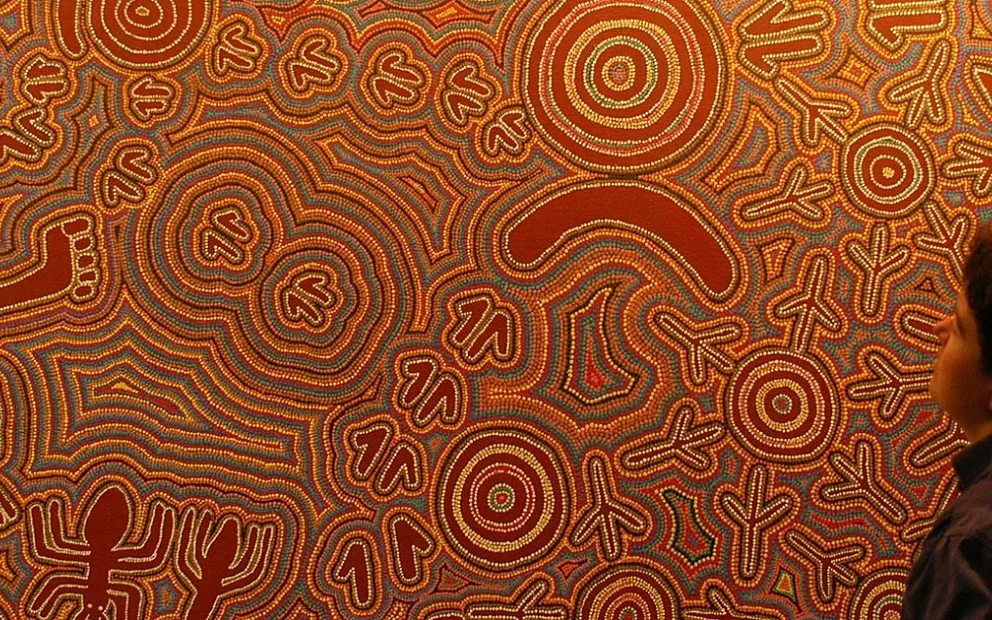SAHMRI researchers have launched a world-first survey to show the impact of connection to traditional languages on the wellbeing of Aboriginal and Torres Strait Islander people.
‘The Indigenous Languages and Wellbeing Survey’ has been designed in partnership with Aboriginal communities in South Australia with the aim of creating a snapshot of Indigenous language use and wellbeing across the state.
Spearheaded by SAHMRI’s Aboriginal Health Equity Theme, it’s hoped the survey findings will be used to help communities advocate for the reclamation and revitalisation of endangered languages.
Research Associate Seth Westhead said Indigenous languages are critically endangered in Australia.
“Of an estimated 250 Indigenous languages, 90 percent are considered endangered or critically endangered,” Mr Westhead said.
“There’s already national and international interest in the potential to adapt our survey and use it throughout the world to further understand the relationship between Indigenous languages and wellbeing.”
All Aboriginal and Torres Strait Islander people who are over the age of 15 and living in SA are being encouraged to take part in the survey. Participants won’t be personally identified.
“The survey asks general questions around where people live and have lived, their experiences in education and work and their thoughts and feelings towards Indigenous languages,” Mr Westhead said.
“There’s also questions about wellbeing, including how people have been feeling lately and what helps them to stay mentally and emotionally strong.”
The survey is the result of four years of research with Indigenous community members on the power of language.
The research team’s preliminary analysis of individuals’ experiences highlighted that language plays a key role in the wellbeing of Aboriginal and Torres Strait Islander people. The survey will back up this initial work with numeric data.
“People we’ve worked with have described their language as an integral part of who they are and a way of connecting to one another, ancestors, culture and the land,” Mr Westhead said.
“We see a really strong desire from people wanting to learn more of their language and get involved in language-related activities. Further understanding the relationship between language and wellbeing is vital to growing those opportunities.
The Indigenous Languages and Wellbeing Survey is open until 21 November.
The results are expected to be shared in early 2021.
Image courtesy of the Art Gallery of South Australia.

